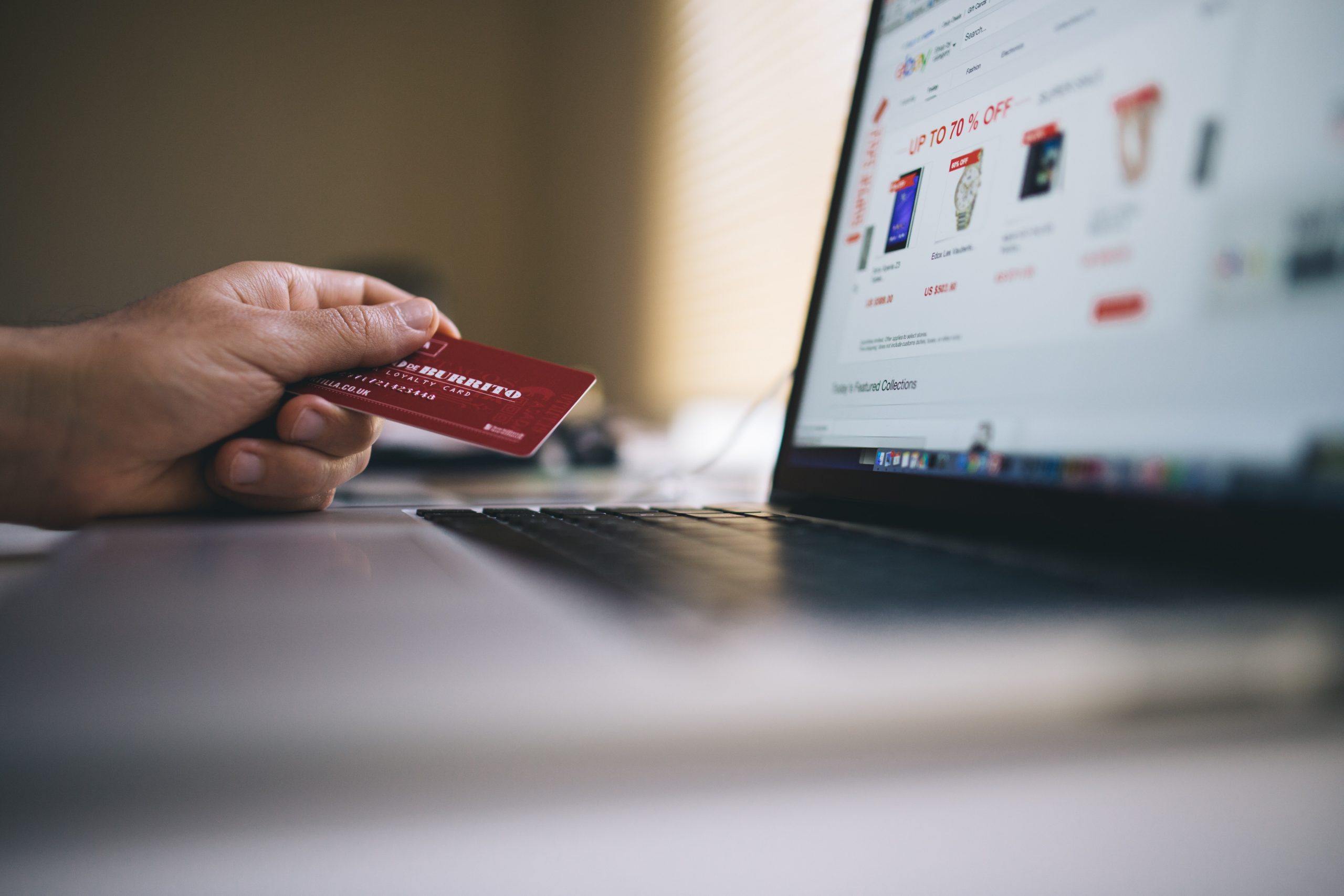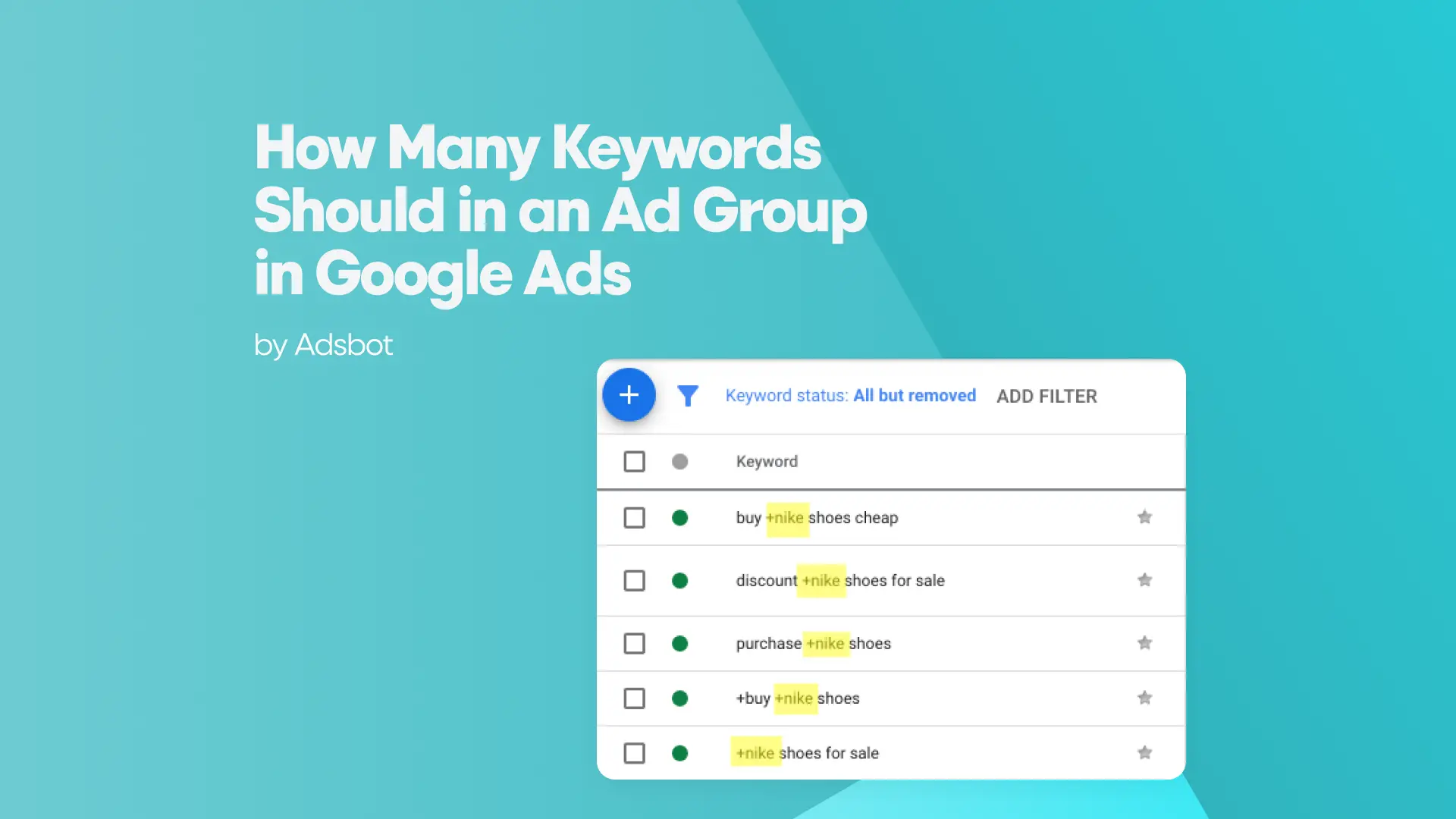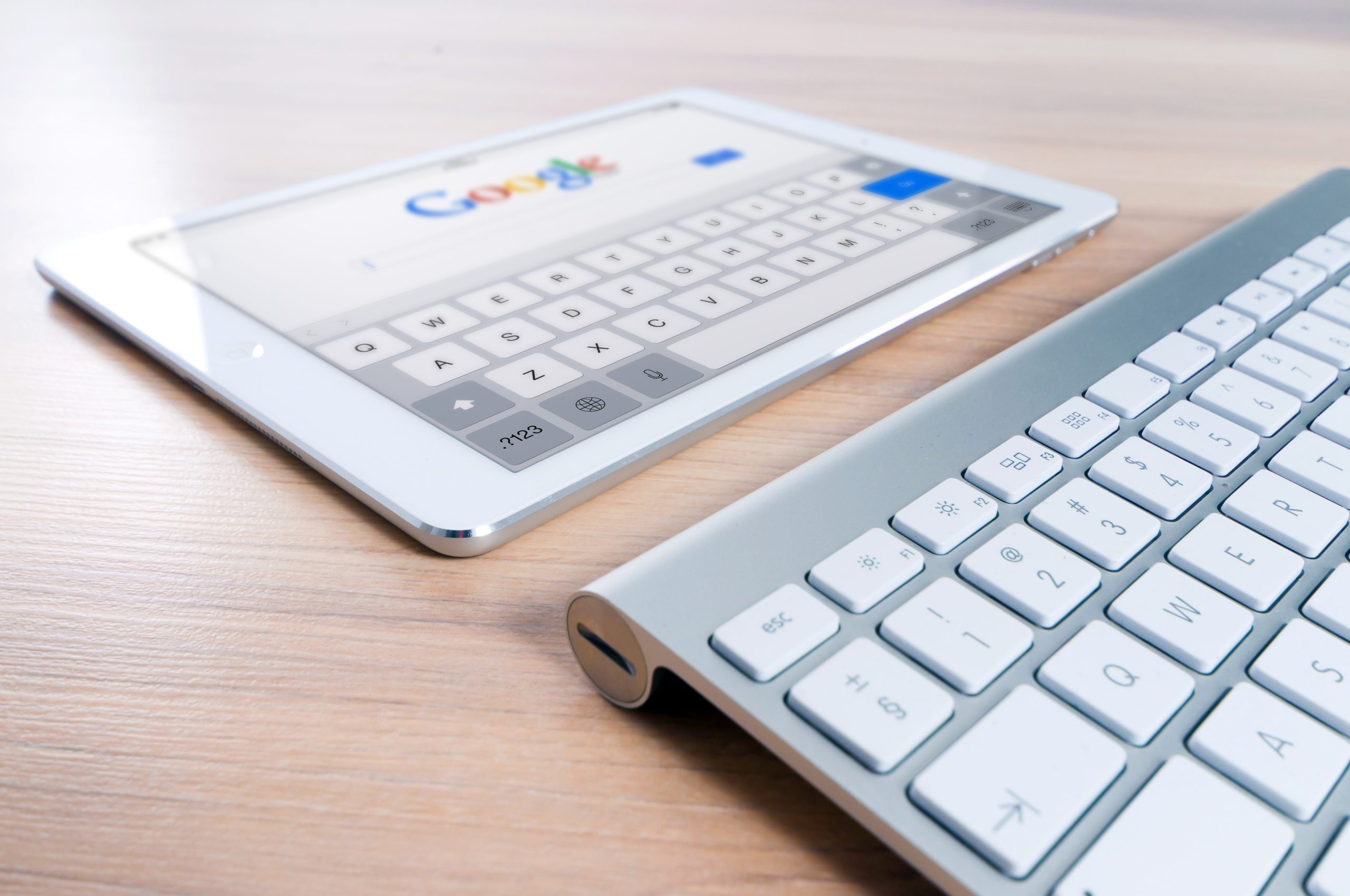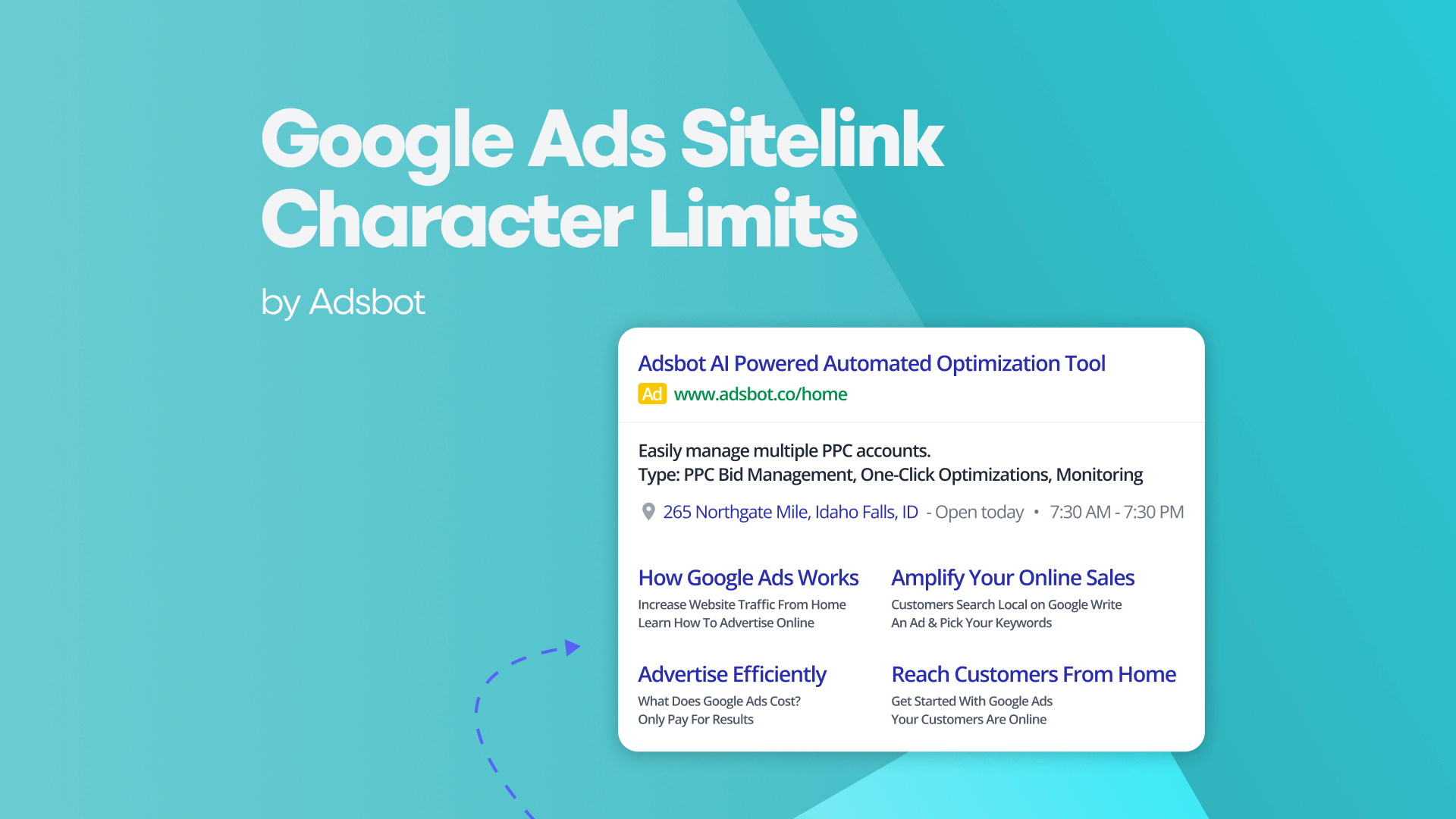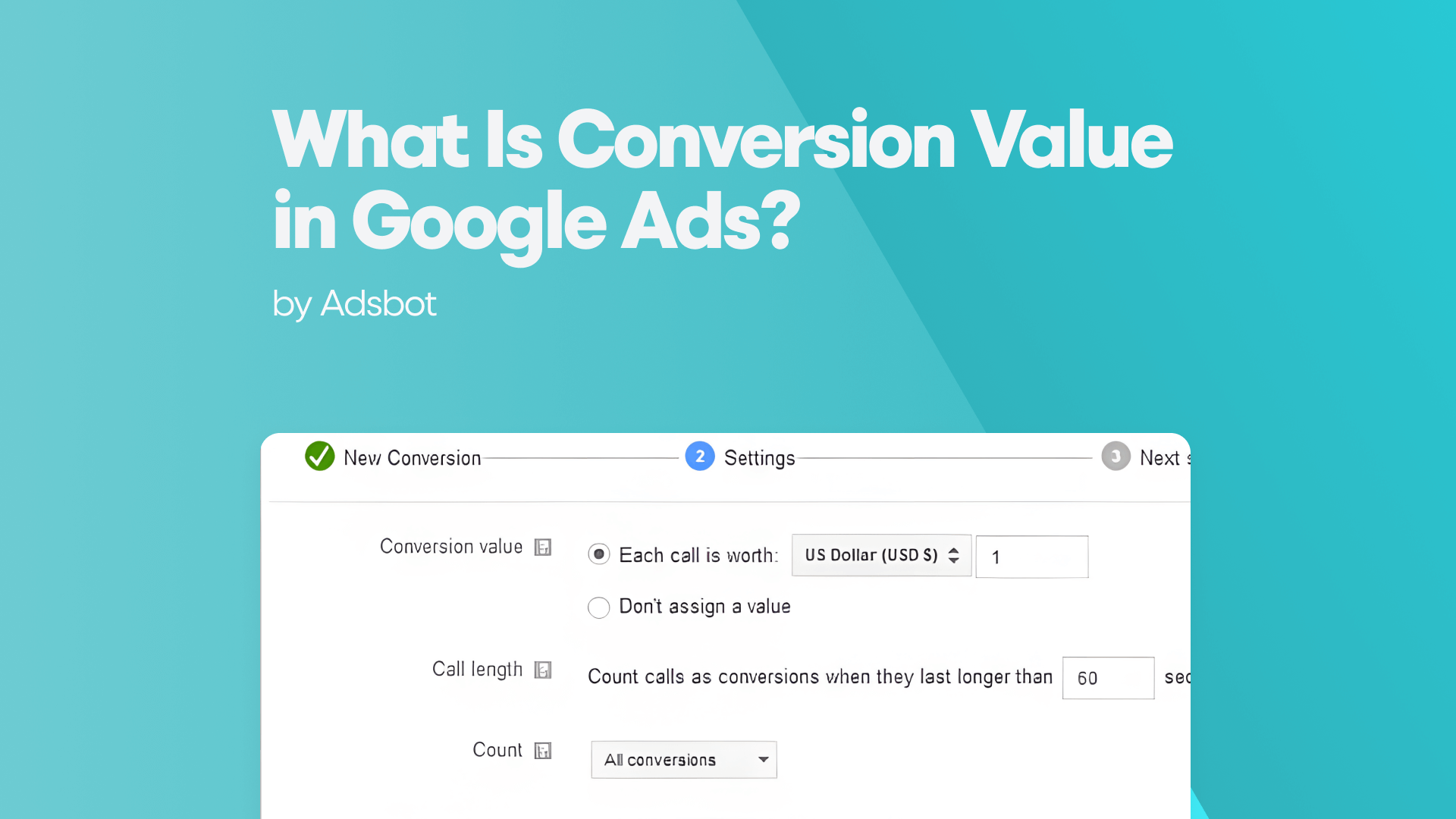Imagine this: A potential customer lands on your online store, browses a few products, adds one to their cart, but then vanishes without completing the purchase. Sound familiar? This scenario plays out millions of times daily across eCommerce platforms, leaving business owners scratching their heads over lost revenue. The difference between a thriving online store and one that struggles often boils down to one critical concept: the eCommerce conversion funnel. This isn’t just another marketing buzzword; it’s the backbone of your sales strategy, a step-by-step journey that transforms casual browsers into loyal buyers.
But here’s the catch: Most businesses focus solely on driving traffic, ignoring the fact that 98% of visitors leave without converting. The real magic happens when you understand how customers move through your funnel, where they drop off, and what compels them to take action. Whether you’re a seasoned eCommerce veteran or just launching your first store, mastering this funnel is the key to unlocking explosive growth. In this guide, we’ll break down every stage of the process, reveal battle-tested optimization strategies, and show you how to turn abandoned carts into completed sales, starting today.
What Is an eCommerce Conversion Funnel and Why Does It Matter
An eCommerce conversion funnel is a visual representation of the customer’s journey from the moment they discover your brand to the point where they complete a purchase, and beyond. Unlike a linear sales process, this funnel accounts for the non-linear, often unpredictable ways modern shoppers interact with online stores. It maps out each touchpoint where a potential customer either progresses toward a sale or abandons the process, providing invaluable insights into behavioral patterns, friction points, and conversion opportunities.
At its core, the funnel serves as a diagnostic tool. It answers critical questions like: Why do 70% of shoppers abandon their carts? Or what makes a visitor return after their first visit? By analyzing each stage, awareness, consideration, decision, and retention, businesses can pinpoint exactly where they’re losing customers and implement targeted fixes. For example, a high bounce rate at the product page stage might indicate poor imagery or unclear pricing, while cart abandonment could signal unexpected shipping costs or a cumbersome checkout process. More than just a theoretical model, the conversion funnel is a data-driven framework that directly impacts your bottom line. Studies show that optimizing just one stage of the funnel can boost conversions by 35% or more, making it one of the most cost-effective ways to grow revenue without increasing ad spend.
Exploring the Main Stages of the eCommerce Conversion Funnel
The eCommerce conversion funnel typically consists of four primary stages, each requiring a distinct approach to engage customers effectively. The journey begins with Awareness, where potential customers first encounter your brand through organic search, social media, paid ads, or referrals. At this stage, the goal isn’t to sell but to educate and intrigue, think blog posts, influencer collaborations, or eye-catching display ads that address a pain point. For instance, a skincare brand might target users searching for “how to treat acne” with a guide on “The Science Behind Clear Skin,” subtly introducing their products as the solution.
Next comes the Consideration phase, where visitors actively evaluate your offerings. Here, they might compare products, read reviews, or watch demo videos. This is where trust-building elements like customer testimonials, detailed product descriptions, and comparison tools become critical. A well-structured category page or a “Best Sellers” section can guide hesitant shoppers toward a decision. The third stage, Decision, is where the rubber meets the road: customers add items to their cart and proceed to checkout. However, this is also where cart abandonment rates peak at 69.8%, often due to hidden fees, complex forms, or a lack of payment options. Finally, the Retention stage focuses on turning one-time buyers into repeat customers through loyalty programs, personalized emails, and post-purchase engagement. Unlike traditional sales funnels, the eCommerce conversion funnel is cyclical; happy customers re-enter the awareness stage as brand advocates, driving referrals and reducing customer acquisition costs.
Effective Strategies to Optimize Each Stage of the Funnel
The most impactful strategy for boosting conversions is to eliminate friction at the Decision stage by simplifying the checkout process. Research shows that 26% of shoppers abandon carts due to a complicated or lengthy checkout. Implementing a one-page checkout, offering guest checkout options, and providing multiple payment methods (including digital wallets like PayPal or Apple Pay) can reduce abandonment by up to 30%. Additionally, displaying trust badges (e.g., SSL certificates, money-back guarantees) and a progress indicator (e.g., “Step 2 of 3”) can alleviate anxiety and keep users engaged. Other strategies include:
- Awareness Stage: Leverage SEO-optimized content (blogs, videos, infographics) to attract organic traffic. Use retargeting ads to re-engage visitors who didn’t convert on their first visit. Partner with micro-influencers in your niche to build credibility. Studies show influencer marketing delivers 11x higher ROI than traditional ads.
- Consideration Stage: Deploy interactive tools like quizzes (“Find Your Perfect Product”) or AR previews (e.g., “See How This Sofa Looks in Your Living Room”). Highlight user-generated content (UGC), such as unboxing videos or Instagram posts, to showcase real-world use cases. Offer limited-time discounts for first-time buyers to create urgency.
- Retention Stage: Automate post-purchase email sequences with personalized recommendations based on purchase history. Create a loyalty program with tiered rewards (e.g., “Spend $500, unlock free shipping for life”). Use exit-intent popups to capture emails for future promotions, turning departing visitors into subscribers.
The secret to funnel optimization lies in continuous testing and iteration. A/B test everything from CTAs (“Buy Now” vs. “Add to Cart”) to product page layouts. Use heatmaps to identify where users drop off, and deploy chatbots to answer FAQs in real time. Remember, even a 1% improvement in conversion rates can translate to thousands in additional revenue for high-traffic stores.
How Customer Behavior Influences Each Funnel Stage
Customer behavior is the invisible hand guiding every interaction within your eCommerce funnel, and ignoring it is a recipe for failure. At the Awareness stage, modern shoppers are highly distracted, with an average attention span of just 8 seconds. They’re more likely to engage with visual or video content than text-heavy ads, and they trust peer recommendations 12x more than brand messaging. This is why user-generated content (UGC) and influencer partnerships outperform traditional ads; customers crave authenticity. For example, a fashion brand featuring real customers wearing their clothes on Instagram will see 3x higher engagement than a professional photoshoot.
During Consideration, shoppers exhibit analysis paralysis, often toggling between 3-5 tabs to compare prices, features, and reviews. Here, social proof becomes a make-or-break factor: Products with 10+ reviews have a 12% higher conversion rate. Behavioral triggers like scarcity (“Only 3 left in stock!”) or FOMO (“10 people viewed this in the last hour”) can nudge hesitant buyers toward a decision. At the Decision stage, cart abandonment is heavily influenced by psychological friction. Unexpected costs (like shipping fees) trigger the pain of paying, a cognitive bias where the brain perceives spending as a loss. Offering free shipping thresholds (“Spend $50 more for free delivery”) or a money-back guarantee can mitigate this. Finally, in the Retention phase, customers who had a positive post-purchase experience are 67% more likely to repurchase. This is why follow-up emails, thank-you notes, and surprise discounts foster long-term loyalty.
Common Metrics to Measure eCommerce Funnel Performance
The single most critical metric to track is your overall conversion rate, which measures the percentage of visitors who complete a purchase. Industry benchmarks vary by niche, but the average eCommerce conversion rate hovers around 2.5% to 3%. If your rate falls below this, it’s a red flag indicating leaks in your funnel. To diagnose issues, break down the conversion rate by stage. For example, a high product page bounce rate (over 50%) suggests weak content or slow load times, while a low add-to-cart rate (below 8%) may signal unclear CTAs or pricing. Other key factors include:
- Traffic Sources: Analyze which channels drive the highest-quality traffic (e.g., organic search vs. paid ads). For instance, visitors from email campaigns may have a 3x higher conversion rate than social media traffic.
- Cart Abandonment Rate: The average is 69.8%, but top-performing stores keep it below 60% by optimizing checkout flows. Track exit pages to identify where users drop off. Is it the shipping step? Payment selection?
- Average Order Value (AOV): A low AOV (e.g., under $50) might indicate upsell opportunities. Strategies like bundling products (“Buy 2, Get 1 Free”) or offering free shipping thresholds can boost AOV by 10-30%.
- Customer Lifetime Value (CLV): This predicts the total revenue a customer will generate over time. A high CLV (e.g., 3x the initial purchase) justifies higher acquisition costs. Improve CLV with subscription models or loyalty programs.
- Return Rate: A return rate above 15% signals product mismatches or misleading descriptions. Reduce returns with detailed sizing guides (for apparel) or 360° product videos.
To act on these metrics, use tools like Google Analytics 4 (for traffic and behavior analysis), Hotjar (for heatmaps and session recordings), and Klaviyo (for email performance). Set up custom dashboards to monitor these KPIs in real time, and conduct monthly funnel audits to spot trends. For example, if your mobile conversion rate is 50% lower than desktop, prioritize mobile UX improvements like faster load times or thumb-friendly buttons.
Popular Posts
-
How Many Keywords Should Be In an Ad Group in Google Ads?
Ever wondered if your Google Ads campaigns are packed with…
Read more -
Google Ads Script for Dummies: An Introduction
Imagine you have an e-commerce website that sells licensed superhero…
Read more -
Google Ads Sitelink Character Limits
Your Google Ads are cutting off in the middle of…
Read more -
What Is Conversion Value in Google Ads?
What if you could put a price tag on every…
Read more
Register for our Free 14-day Trial now!
No credit card required, cancel anytime.
